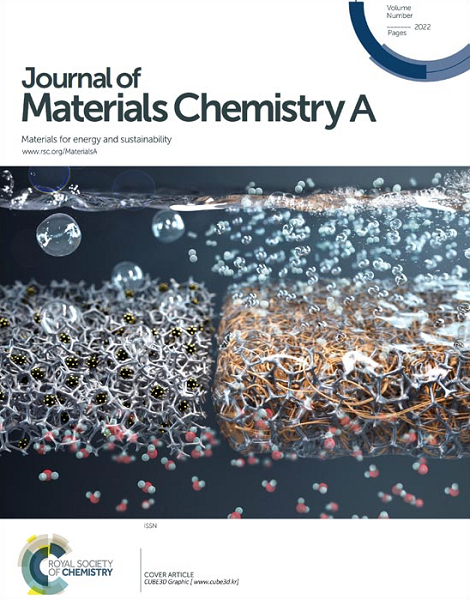Establishing design principles for functional additives in antimony chalcogenide solar cells
IF 10.7
2区 材料科学
Q1 CHEMISTRY, PHYSICAL
引用次数: 0
Abstract
Antimony chalcogenide solar cells are a promising thin-film solar technology, offering a tunable bandgap, high intrinsic stability, and a large absorption coefficient. Their solution-processability enables the straightforward incorporation of chemical additives. While many additives have been explored, their underlying chemical mechanisms remain poorly understood. In this study, we examine the chemical mechanism of a proven additive, EDTA, and leverage these insights to develop a screening process for identifying additives that match or surpass its performance. Our findings reveal a dual role of EDTA and similar molecules: (i) Sb3+ chelation, enhancing Sb2S3 film quality, and (ii) pH reduction in the precursor solution, suppressing Sb2O3 formation. Additionally, we propose a chemical mechanism for the in situ conversion of Sb2O3 to Sb2S3. These insights will aid in the rational design of future additives and establish general guidelines for optimizing the growth conditions of efficient antimony chalcogenide solar absorbers under widely used hydrothermal conditions.

求助全文
约1分钟内获得全文
求助全文
来源期刊

Journal of Materials Chemistry A
CHEMISTRY, PHYSICAL-ENERGY & FUELS
CiteScore
19.50
自引率
5.00%
发文量
1892
审稿时长
1.5 months
期刊介绍:
The Journal of Materials Chemistry A, B & C covers a wide range of high-quality studies in the field of materials chemistry, with each section focusing on specific applications of the materials studied. Journal of Materials Chemistry A emphasizes applications in energy and sustainability, including topics such as artificial photosynthesis, batteries, and fuel cells. Journal of Materials Chemistry B focuses on applications in biology and medicine, while Journal of Materials Chemistry C covers applications in optical, magnetic, and electronic devices. Example topic areas within the scope of Journal of Materials Chemistry A include catalysis, green/sustainable materials, sensors, and water treatment, among others.
 求助内容:
求助内容: 应助结果提醒方式:
应助结果提醒方式:


